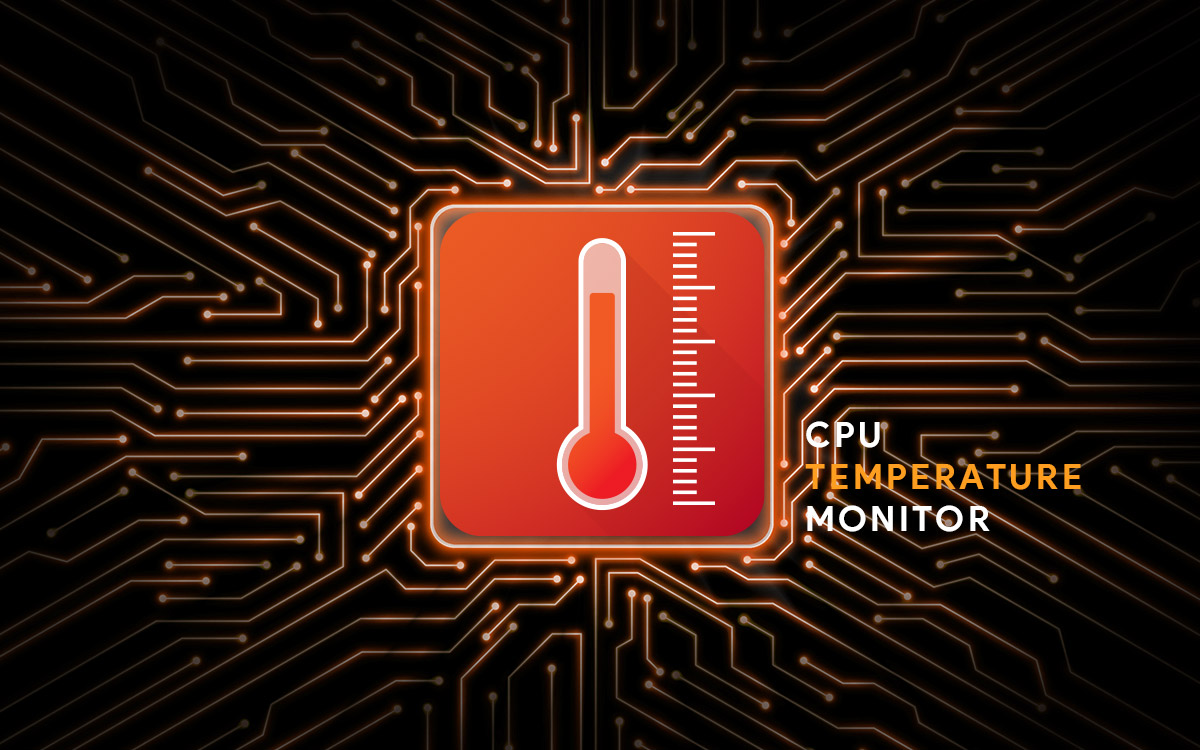If we were to make a list of products that on the market that are usually bought and used together, then we would definitely put FFC and FFC connectors somewhere on the top of that list. In the world of electronics, these two are like siblings that are really attached to each other. Yet, as all the siblings out in the world, these two are also rather different and you should definitely learn more about those differences and about these two individual products in general.
What Is A FFC?
A flexible flat cable (FFC) actually refers to any type of flat and flexible electrical cable. You probably could have guessed that yourself from the very name of this product. So, let us get into a bit more details, so that you understand the FFC better and find out more about it than what is stated in its name. This might all sound a bit complicated right now, but the truth is that things are very simple, as you will quickly see.
These devices get their name thanks to their flat and wide structure. The FFC is a type of a ribbon cable that is typically a straight connector, containing no additional components whatsoever. These are usually composed of a plastic film and numerous metallic connectors are attached to that film. The spacing between each individual connector is called the pitch.
These are most often used in those high density electronic systems which require high flexibility. They are also highly practical in those areas where space or weight limitations are common. Unlike, for example, round cables, these offer greater flexibility. In addition to that, when you opt for these, you will make sure that you are eliminating wire coupling problems.
What Is a FPC?
Now that you have probably understood what the FFC is, it’s time to take a look at its sibling that I have mentioned above. After all, it wouldn’t be fair to mention one without the other, especially since, as I have already explained, these two usually go together. We will, however, get to that part later. Let us now focus only on FPCs.
You might first want to learn more about connectors in general: https://www.thomasnet.com/articles/automation-electronics/basic-electrical-connectors/
A flexible printed circuit (FPC) is also falls in the category of flexible electronics, but it is different than the first device we have mentioned above. It consists of a flexible polymer base onto which a circuit is printed before it is all sealed and protected with a polymer coating. As you might have guessed it, this is a bit more than a simple connector. It is actually a circuit board.
Compared to the traditional, rigid circuit boards that are being sold on the market, these are much lighter and thinner. In addition to that, these offer a much higher level of flexibility, which makes them more durable and reliable. That makes them the perfect product for high-flex electronic items or in those cases when weight and space are limited. For example, FPCs are commonly used for hearing aids, as well as the flexible solar cells found in satellites.
What These Have In Common?
If you have been paying close attention to what I have been explaining above, then you might have already guesses why these two devices are considered to go hand in hand. In any case, let me make this clear for all of you who either haven’t been paying attention or simply need some further clarifications. Chances are that, when you start looking for one of these connectors, you will probably end up reading about both of them and there is actually a reason for that particular occurrence. So, let’s check it out.
The FFC/FPC connectors are definitely one of the most, if not the most, popular cable connector solutions on the market, especially when it comes to sleek applications. Their flexibility is unprecedented and their thin form factors make it suitable for a wide variety of rather sophisticated uses and applications across various segments of the market. Furthermore, the fact that these can fit in very tight and small spaces make FFC and FPC connectors even more popular.
As you can see, these two do have a lot in common, even though they might seem different at first. The truth is that these are used for the same applications. Plus, we can all agree that their unprecedented flexibility makes them stand out from all the other connector types. It’s no wonder that these are so widespread and held in such high regard today.

How To Choose The One For You?
Now, there is only one thing left to do after you understand all the differences and the similarities, as well as the general application areas of these connectors. You will have to make sure to choose the right one for you. This, however, cannot be done randomly and without any precise information whatsoever. Instead of doing it like that, you will have to make sure that you get all the information you need in order to be able to choose the perfect device for your specific needs.
The first thing that you should do in case you aren’t really knowledgeable in this area is, of course, contact an expert who is extremely knowledgeable and skilled. I suppose that you won’t have a hard time doing this, because there really are a lot of skilled professionals that can help you. Make sure to talk to them and explain what it is you need exactly, so that they can recommend you the perfect connector.
Your second step should be to choose your supplier and this should also be done rather carefully. You need to do your best to find a trusted and reliable supplier selling high quality products. In order to do that, you will have to do thorough research about the various suppliers that you come across. It would also be a good idea to find and read a few reviews about specific suppliers and their products.
















